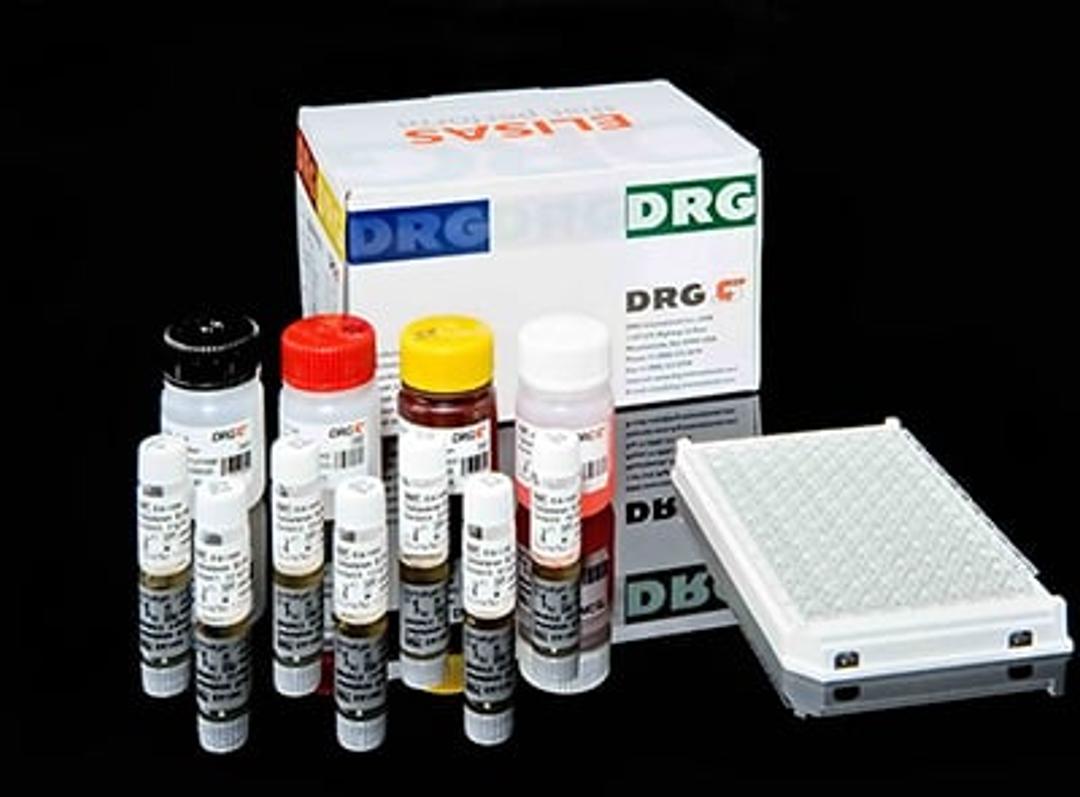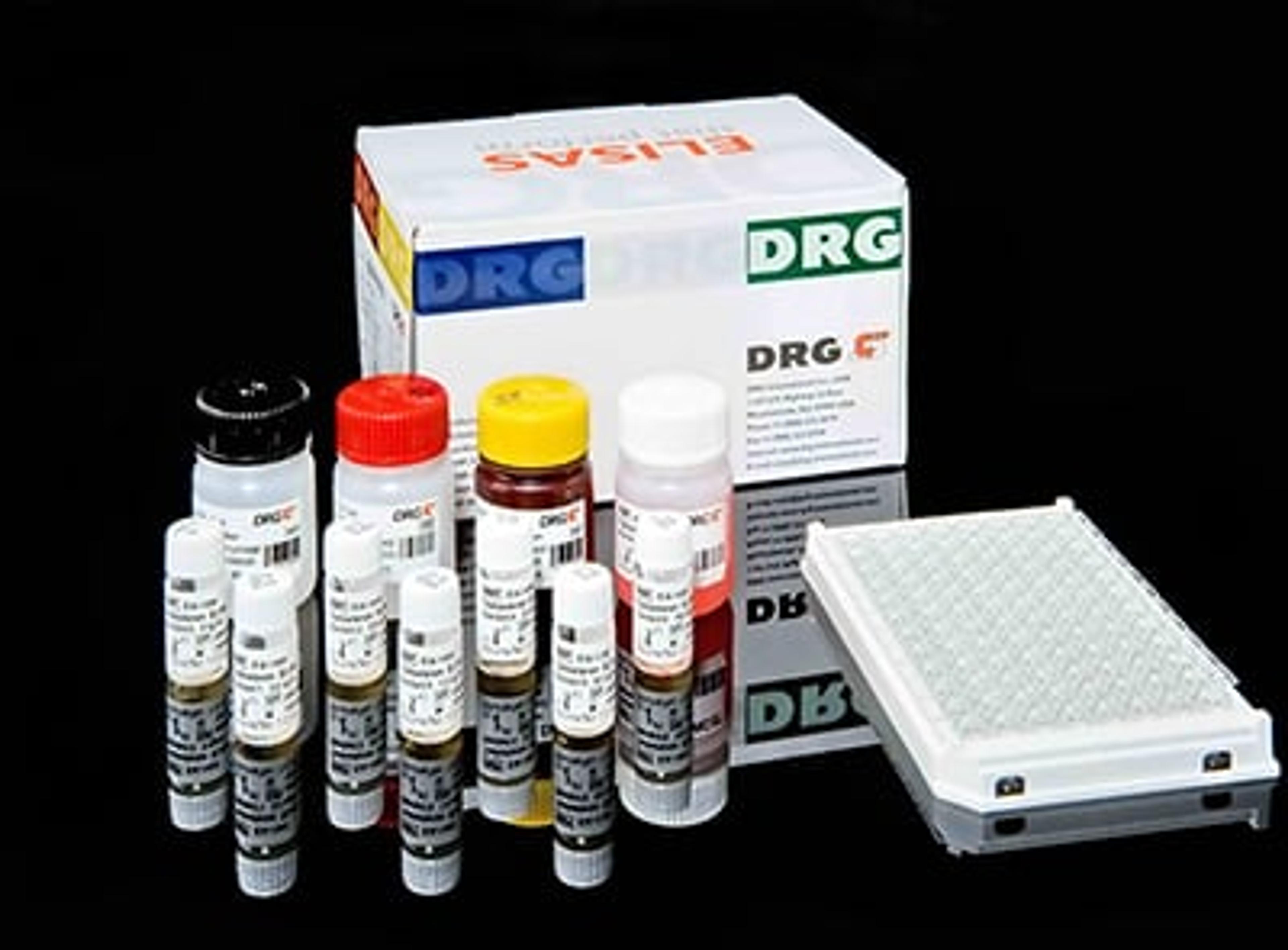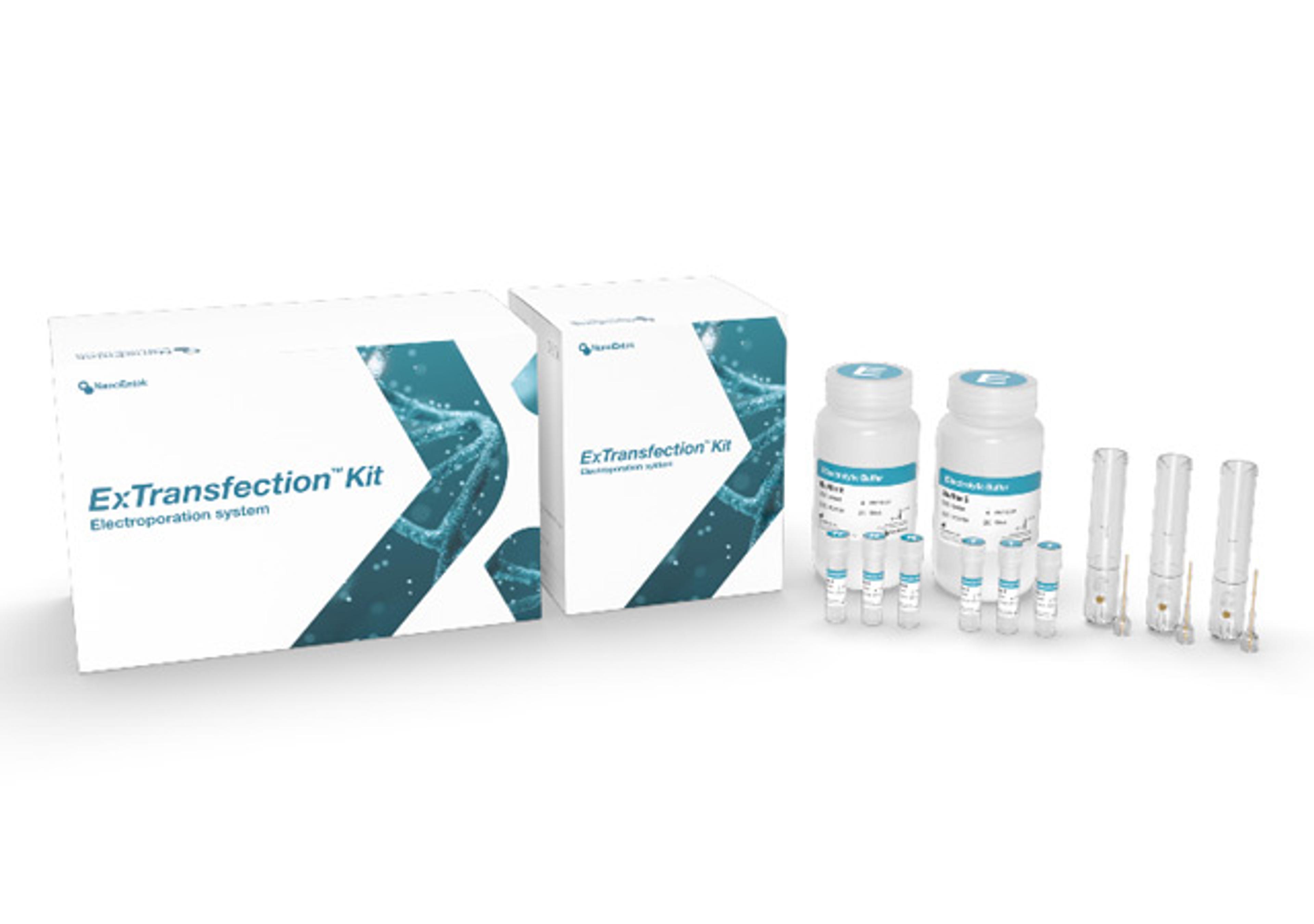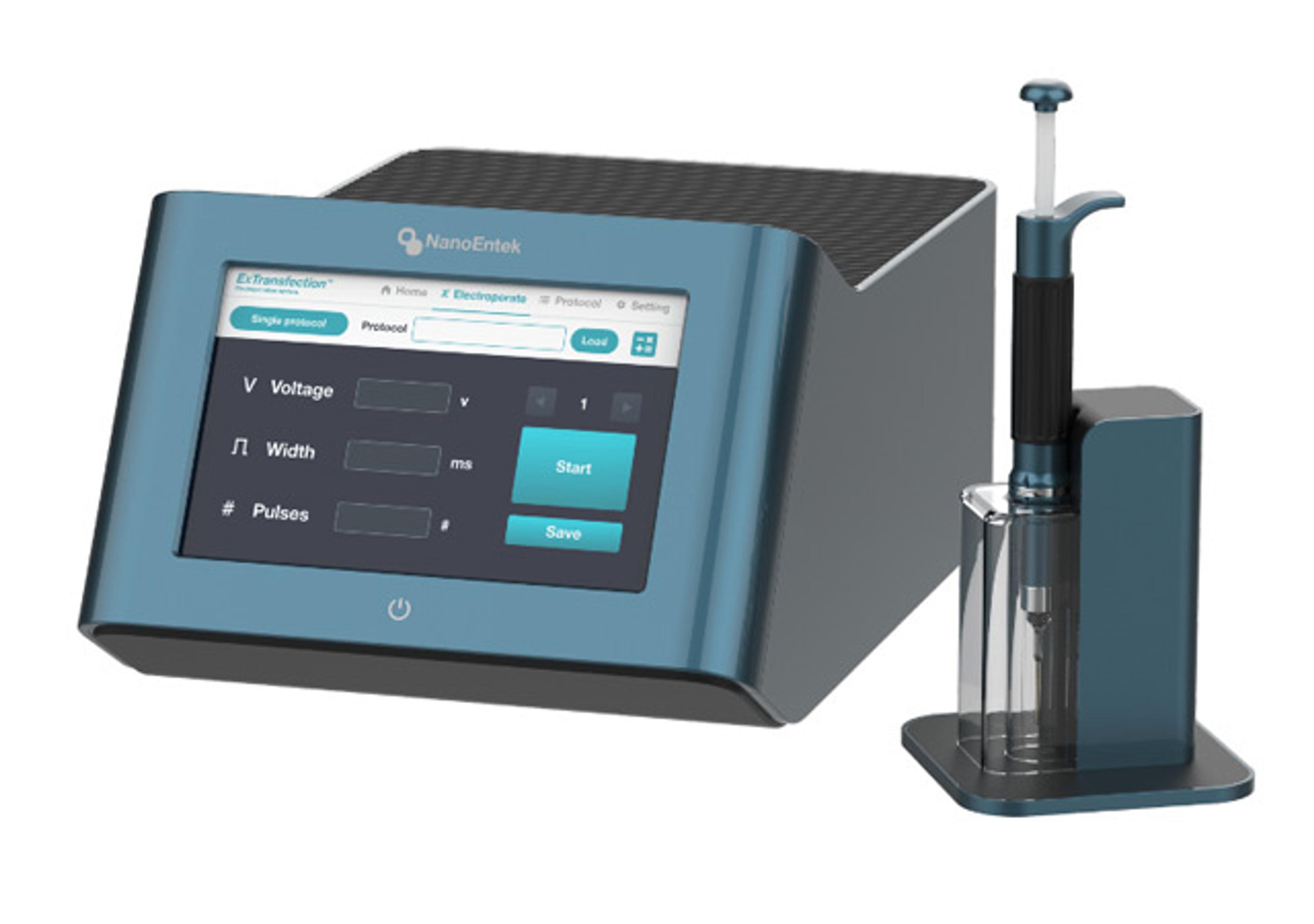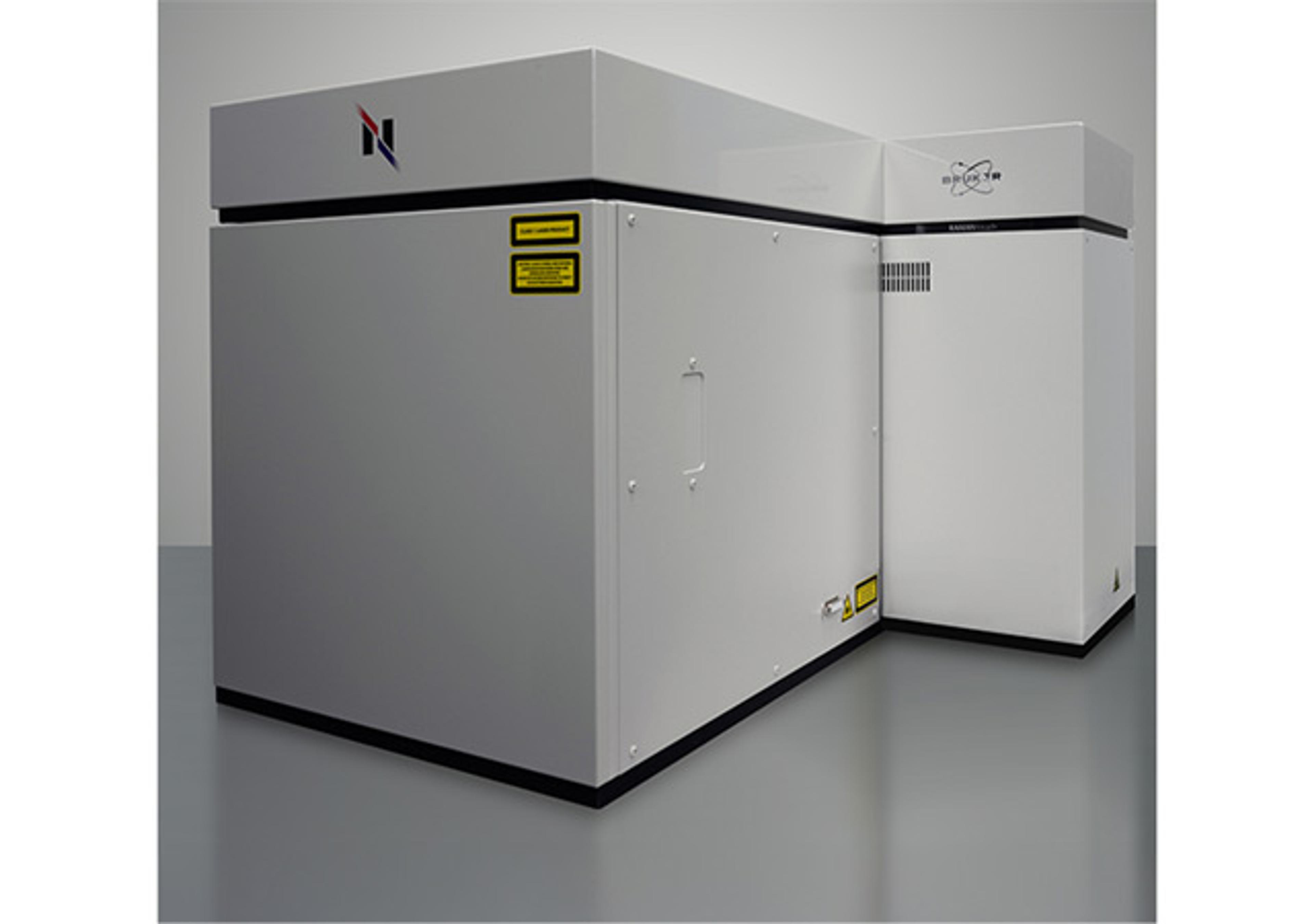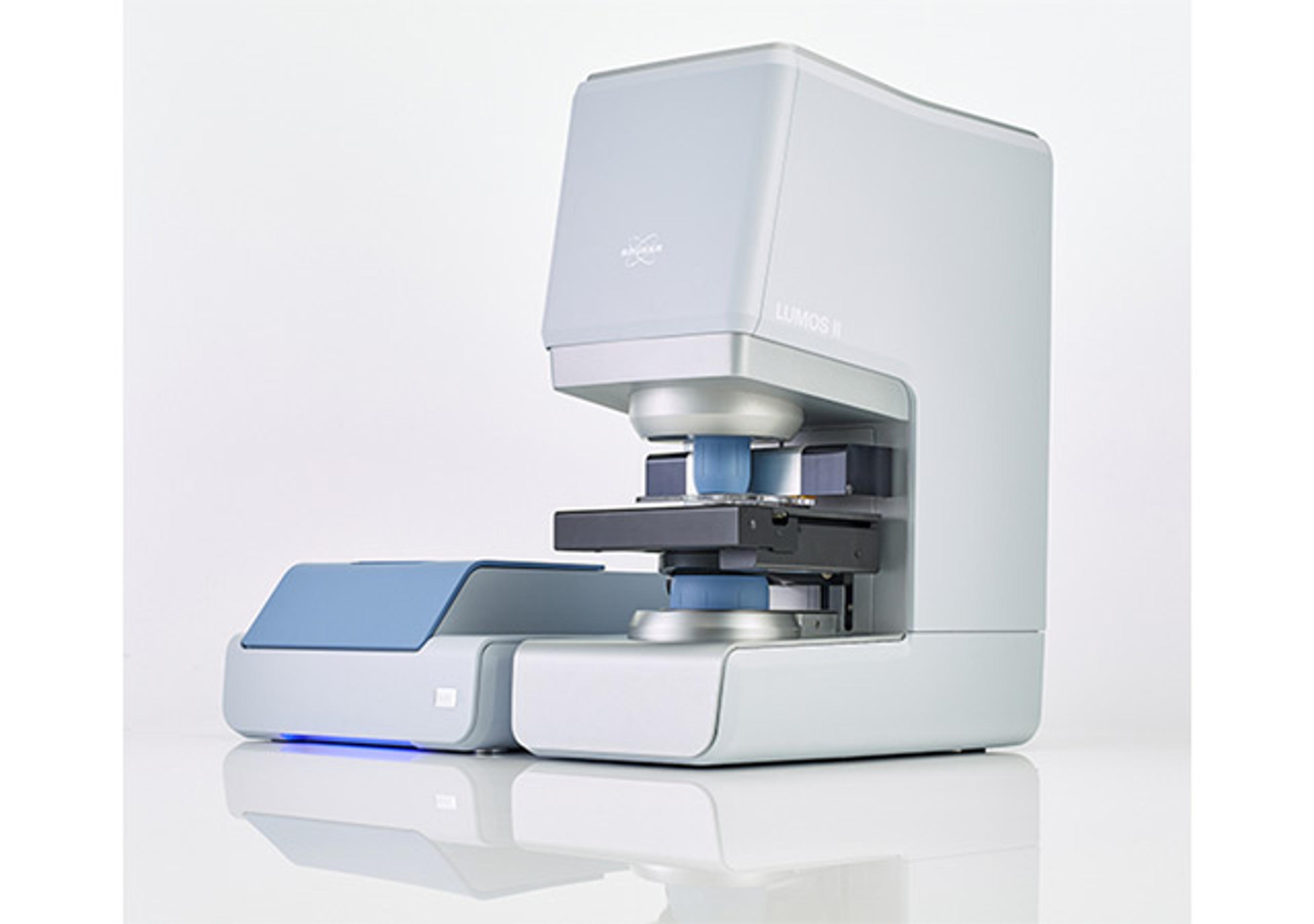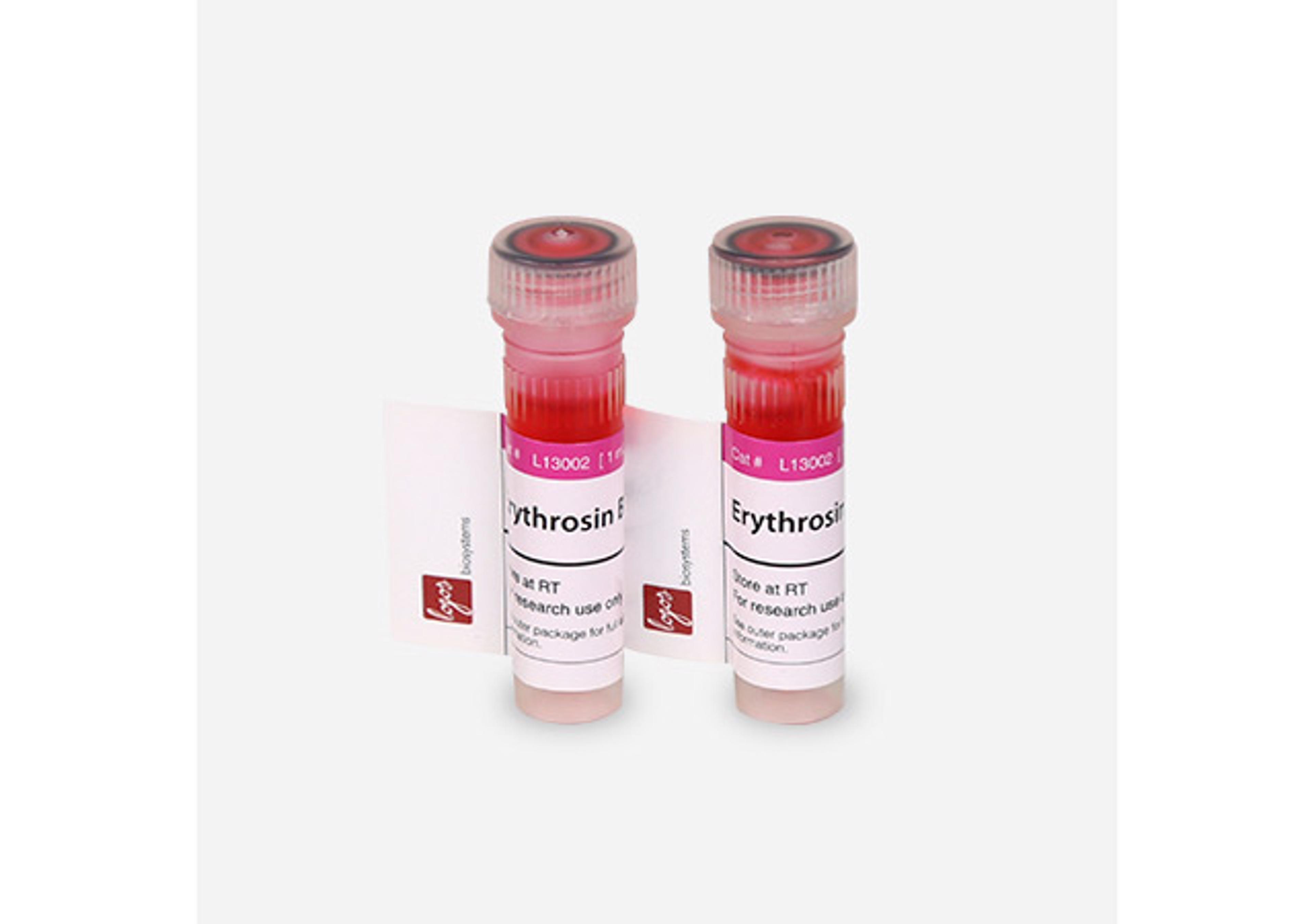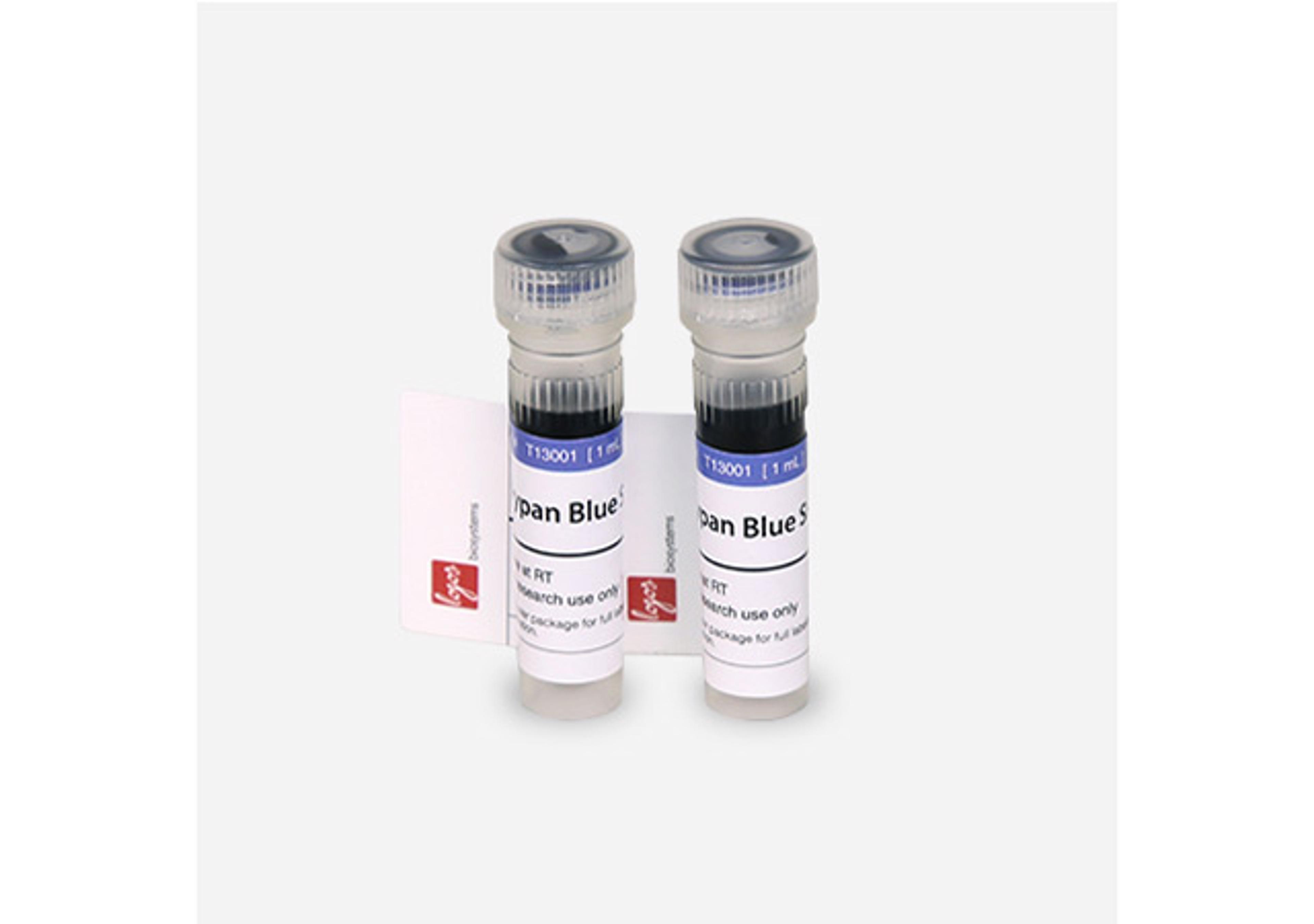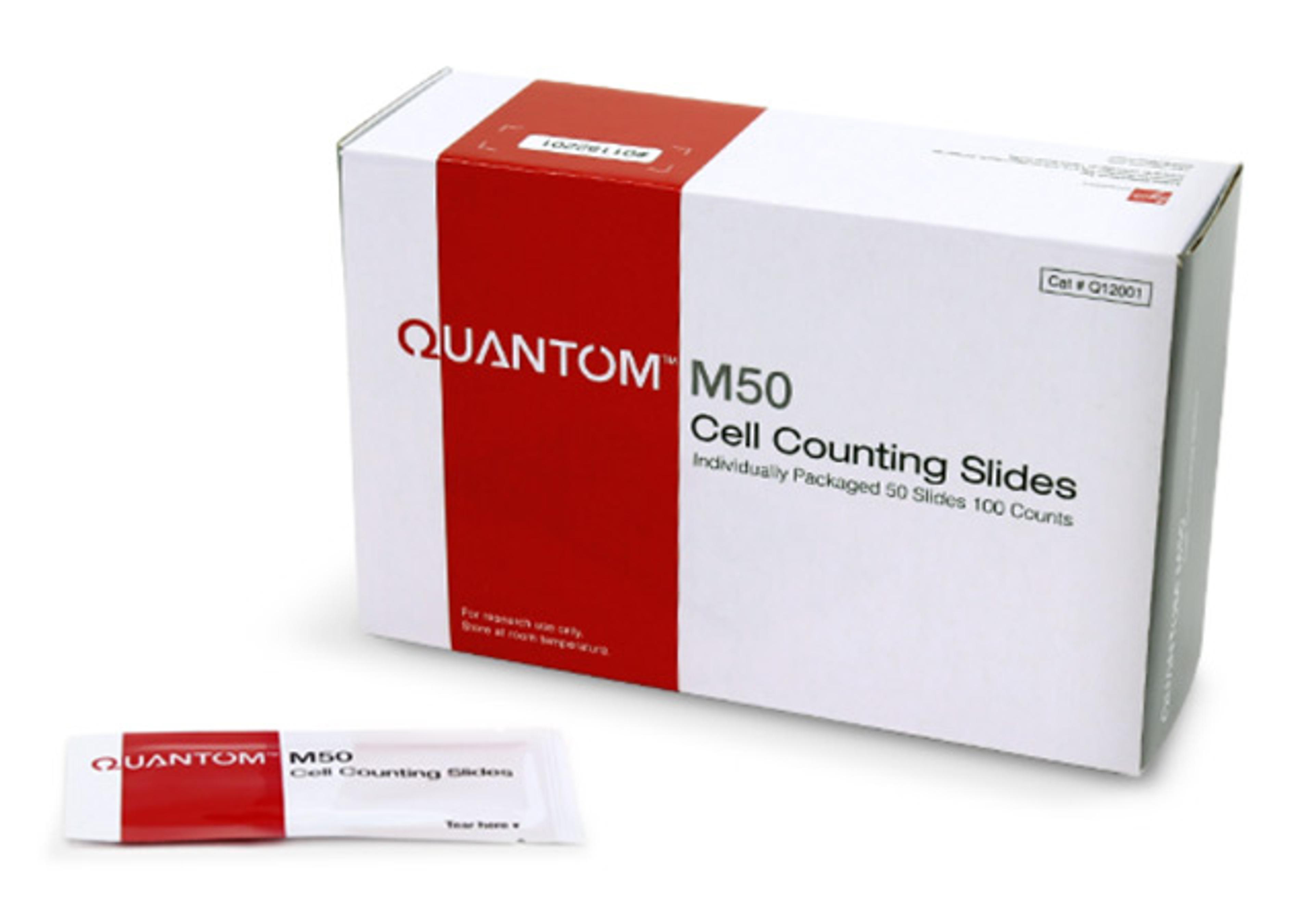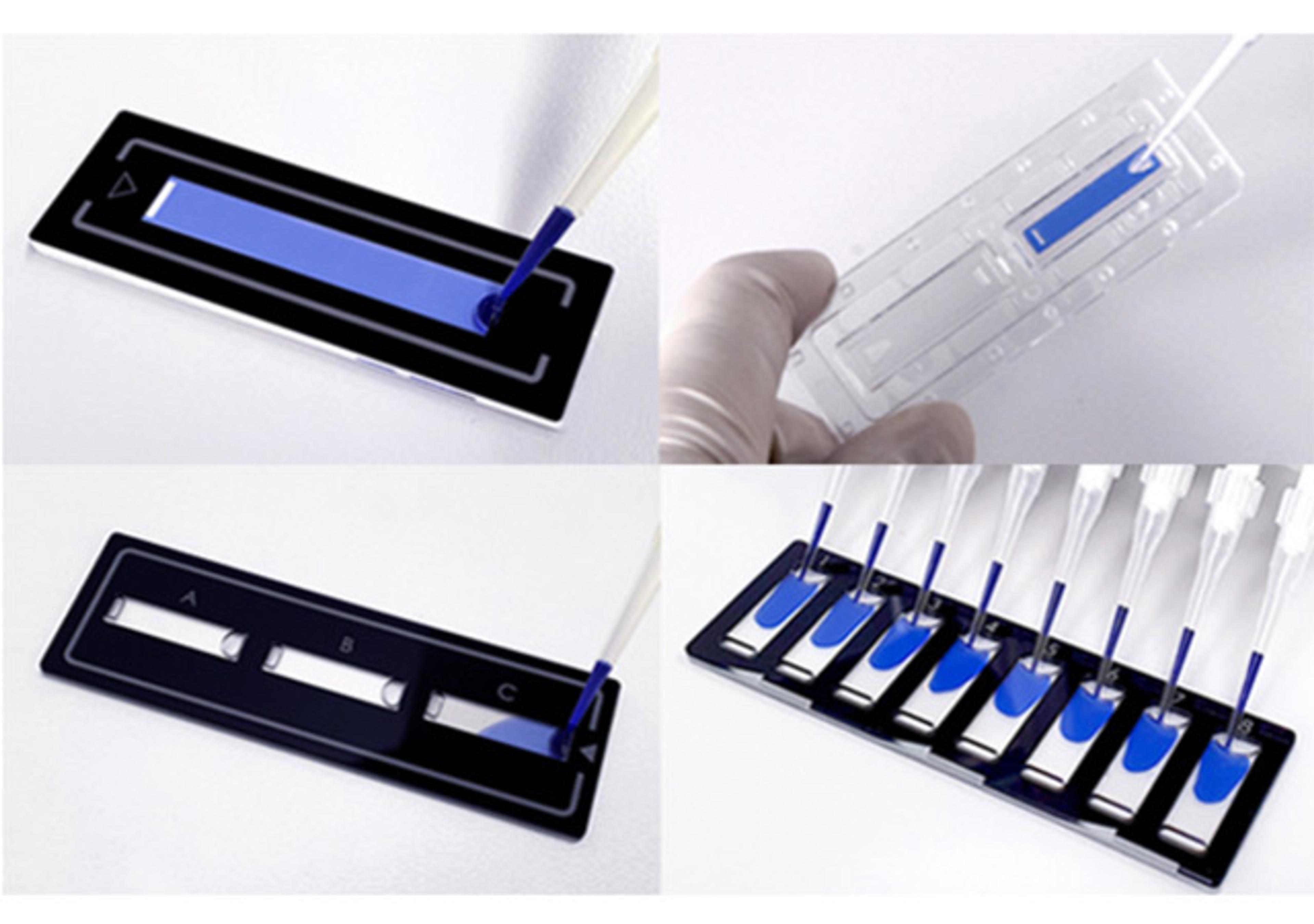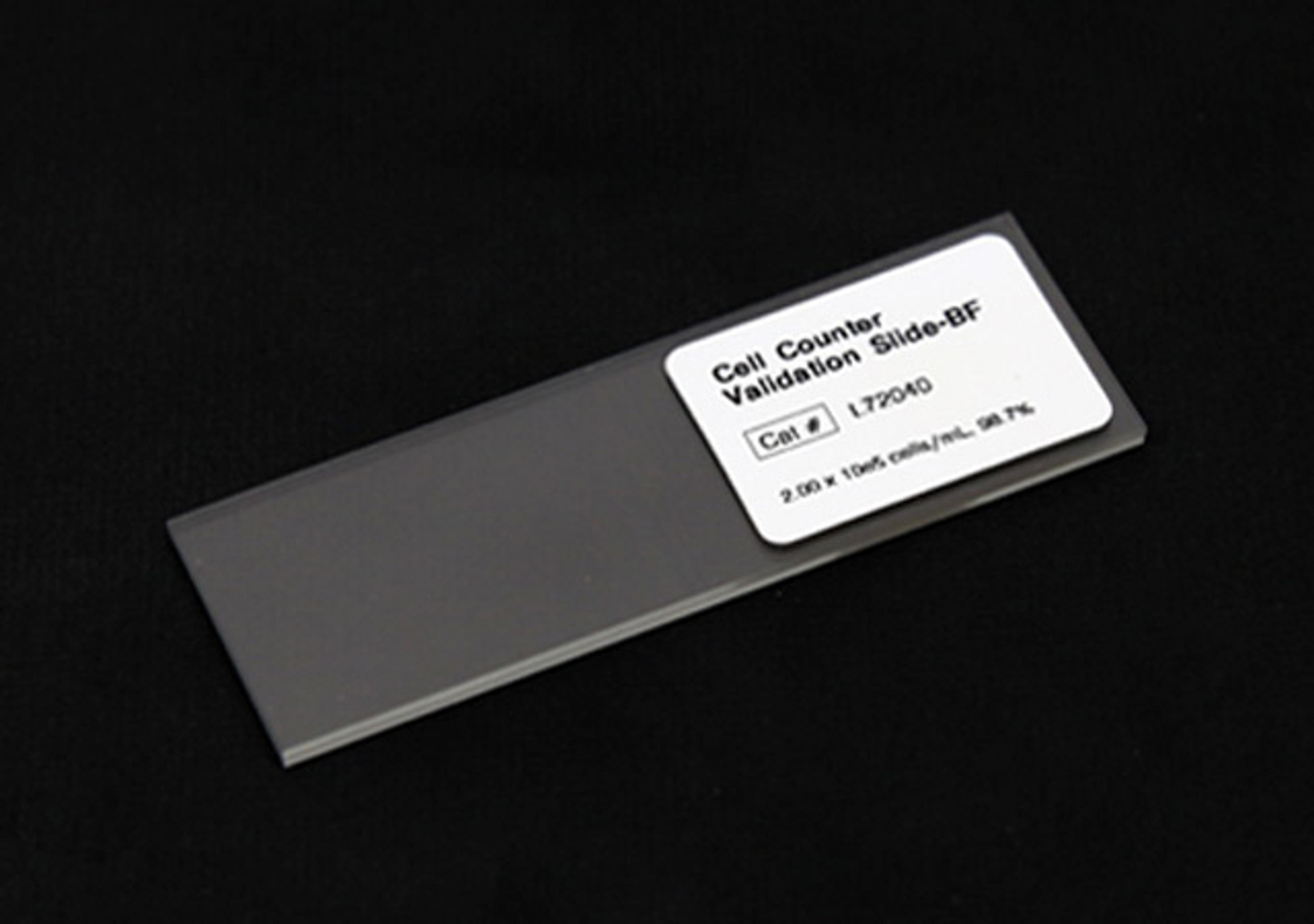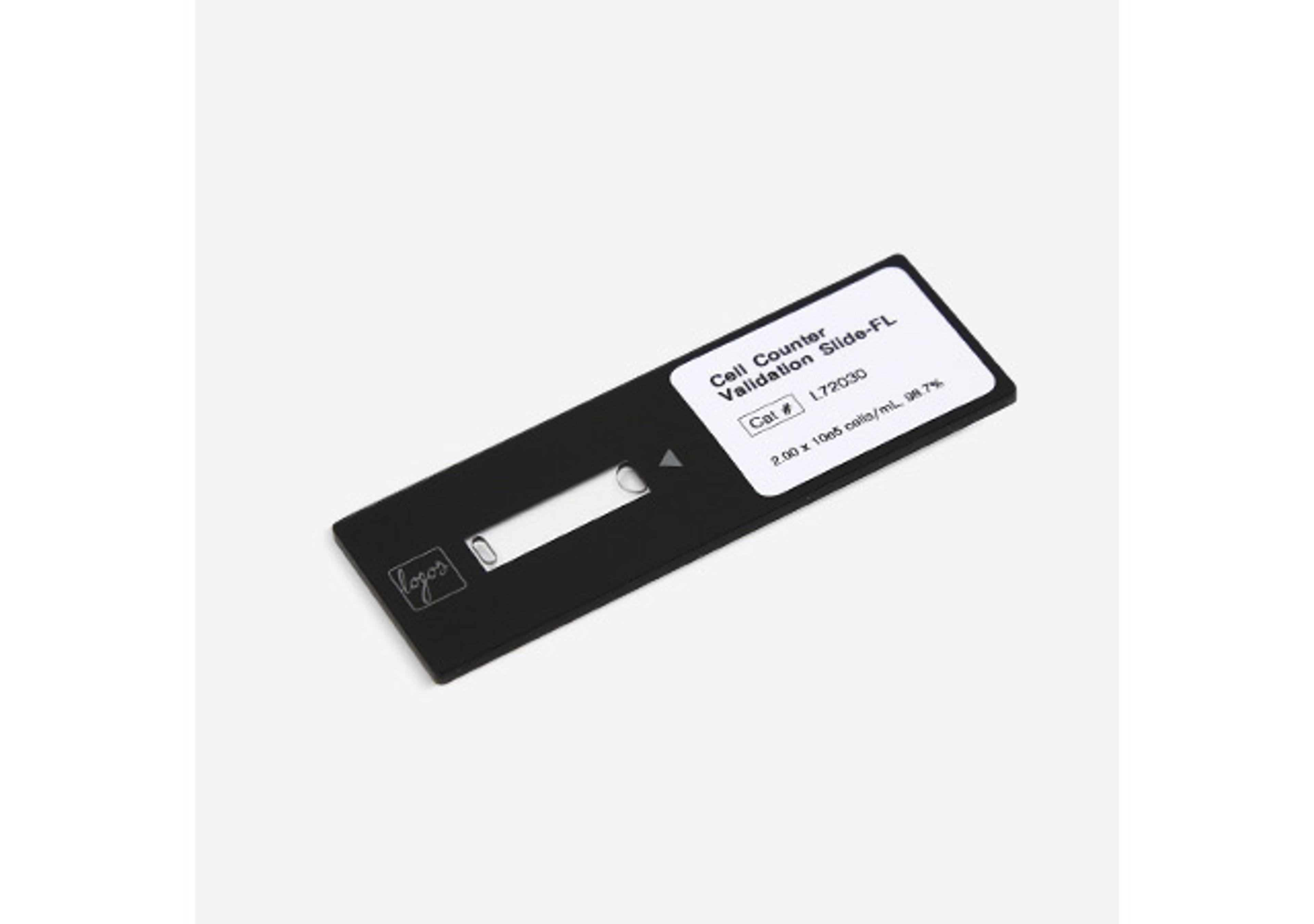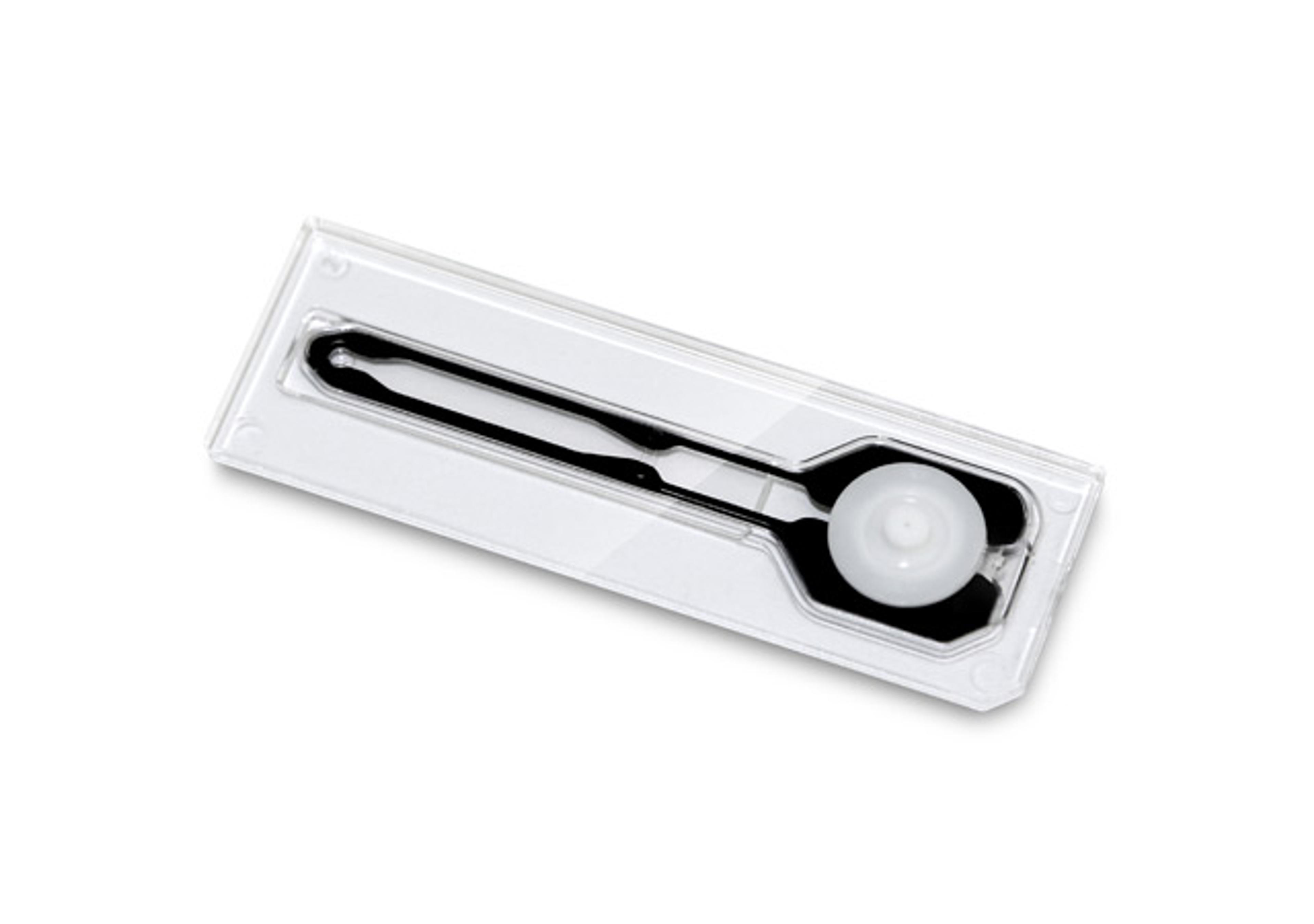Osteocalcin (1-43/49) human
High Quality Assays with Reproducible and Reliable Results

The supplier does not provide quotations for this product through SelectScience. You can search for similar products in our Product Directory.
This ELISA (enzyme-linked immunosorbent assay) kit is intended for the quantitative determination of both human osteocalcin (1-49) and osteocalcin (1-43) (also referred as N-terminal & mid-regional osteocalcin) levels in test samples. This test is useful for assessing the bone formation activity or osteoblast activity in patients associated with changes in the rate of bone turnover in metabolic bone disease, such as osteoporosis, primary hyperparathyroidism, hyperthyroidism, Paget’s disease, and renal osteodystrophy.Osteocalcin [also as bone Gla protein (BGP)] is a major noncollagenous protein found in bone and dentin. The synthesis of osteocalcin involves vitamin K and vitamin D3. Freshly synthesized osteocalcin is partly released into the bloodstream and partly incorporated into the bone matrix. Both osteocalcin (1-49) and its fragments including osteocalcin (1-43) are released into the blood stream. Serum osteocalcin (1-43) is also generated by catabolic breakdown of osteocalcin (1-49) in the circulation, liver and kidney, as well as by in vitro degradation during storage of samples, because of a labile six-amino acid C-terminal sequence that, in vitro at room temperature, is easily cleaved off. There are several studies that have confirmed the measurement of the much more stable N-terminal and mid-regional osteocalcin [osteocalcin (1-43/49)] as being clinically useful, which may contribute to a more accurate assessment of the bone turnover rate. As osteocalcin is manufactured by osteoblasts, it is often used as a biochemical marker, or biomarker, for the bone formation process. It has been routinely observed that higher serum-osteocalcin levels are relatively well correlated with increases in bone mineral density (BMD) during treatment with anabolic bone formation drugs for osteoporosis, such as Forteo. In many studies, Osteocalcin is used as a preliminary biomarker on the effectiveness of a given drug on bone formation.This ELISA is designed, developed and produced for the quantitative measurement of human osteocalcin (1-49) and (1-43) in serum or plasma sample. The assay utilizes the two-site “sandwich” technique with two selected antibodies that bind to different epitopes of human osteocalcin.

